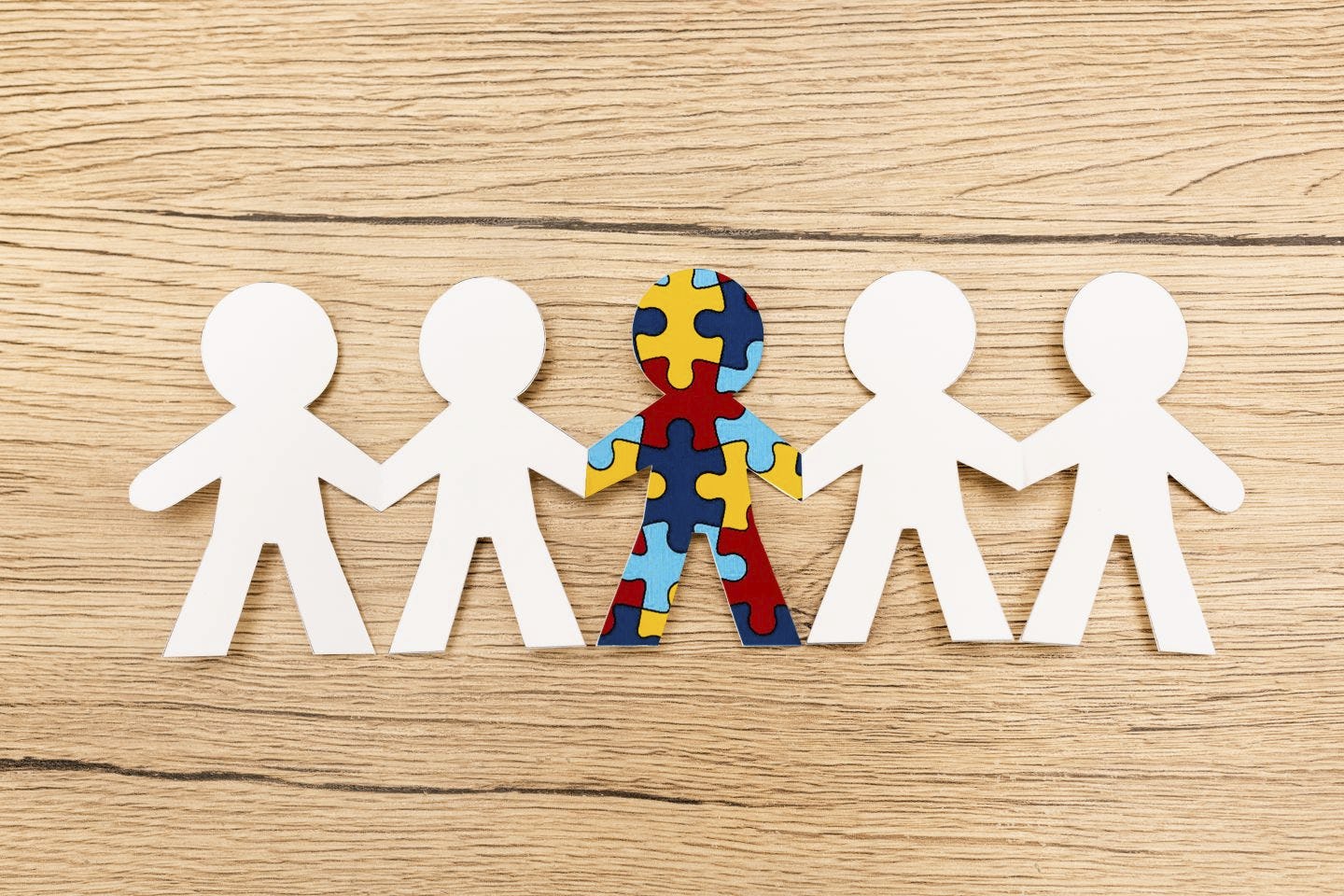Autism is a diverse journey and it isn’t just about disabilities. Infact, some even have high mental intellect and unique abilities! That’s why it’s super important to make sure kids with autism get the right help and therapy early on. When we support them from the start, we’re helping them become the amazing people they’re meant to be.
Did you know that individuals with autism often shine with a bunch of strengths and skills that come right along with their diagnosis? These include:
1. Early mastery of reading (referred to as hyperlexia).
2. Visual thinking and learning.
3. Proficiency in logical reasoning.
4. Rapid memorization and learns information quickly.
5. Remarkable memory, retaining information over extended periods.
6. Precision and a penchant for details.
7. Potential excellence (when applicable) in academic domains such as science, engineering, and mathematics, as these fields rely heavily on technical and logical skills rather than extensive social interaction.
8. Exceptional honesty and reliability.
9. Consistency in adhering to schedules and routines.
10. Strong sense of direction.
11. Punctuality as a distinctive trait.
12. Firm adherence to rules.
13. Ability to sustain focus for extended periods when motivated.
14. Pursuit of perfection and order.
15. Aptitude for innovative problem-solving.
16. A rare sense of freshness and wonderment towards the world.
Three Levels of ASD
ASD traits can be spotted in kids as young as 18 months. By the age of 2, experts can often make a formal diagnosis. Sometimes, though, people get diagnosed later in life. High-functioning autism might be identified in older children, teenagers, or even adults.
Level 1: High-Functioning Autism
Kids with High-Functioning Autism (HFA) are remarkable individuals with a distinct set of qualities. While facing challenges in social interaction and communication, they also possess strengths that make them stand out. People with HFA often have a keen focus on details and can excel in areas that call for precision and attention. However, they might find it challenging to interpret social cues and understand the unspoken rules of social interactions. This can sometimes make forming friendships and engaging in small talk more difficult.
It’s important to remember that each person with HFA is unique. Their experiences and strengths vary, and they contribute their own perspectives to the world. Supporting and understanding individuals with HFA is essential for creating an inclusive and accepting society that appreciates the diversity of human experiences.
Level 2: Requiring Substantial Support
Children with Level 2 Autism might engage in repetitive behaviors and routines, which can offer them a sense of comfort and predictability. These behaviors can help them navigate a world that might otherwise feel overwhelming. The need for substantial support might extend to various aspects of daily life, and they could benefit from assistance in areas like motor skills and adapting to change.
Understanding and embracing the strengths and challenges of individuals with Level 2 Autism fosters a more inclusive society. By providing the right support and acknowledging their unique qualities, we can help them navigate the world with confidence and reach their fullest potential.
Level 3: Low-Functioning Autism
Individuals who have been classified as “low-functioning” due to their severe autism symptoms (level 3) require a lot of assistance with daily tasks. In addition to frequently acting aggressively, eloping, and/or harming themselves, they will have severely restricted communication skills. They can exhibit extremely high levels of sensitivity to sensory input while being extremely resistant to changes in daily routines. Kids with Level 3 autistism require round-the-clock care, are lower IQ and/or learning disabilities. As we’ve emphasized, a person has a better chance of succeeding in the future if help is provided early.
What support does a child with ASD need?
People with varying levels of ASD may require the same types of care, but those with level 2 or level 3 ASD will likely require more extensive, long-term treatment than those with level 1 ASD.
Here’s how we can help:
Speech therapy: Autism might bring speech challenges. Some people with autism may not speak, while others could find conversations hard. Speech therapy can work on all kinds of speech issues.
Physical therapy: Some autistic folks might struggle with moving around. Jumping, walking, and running could be tough. Physical therapy steps in to make muscles strong and skills sharper.
Occupational therapy: This therapy guides you on using your hands, legs, and body parts better. It makes daily stuff and work smoother.
Sensory training: Autistic individuals often feel extra sensitive to sounds, lights, and touch. Sensory training helps you get comfy with these sensations.
At Cadence Physical Therapy, we’re not just about therapy; we’re about nurturing potential, fostering joy, and celebrating every victory – big or small. So, if you’re ready to embark on a journey where giggles are encouraged, milestones are celebrated, and growth is our daily anthem, you’ve found your tribe right here. Let’s create magical moments together, one step at a time! 🌈✨

